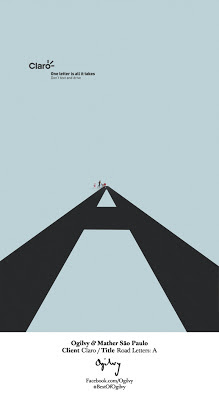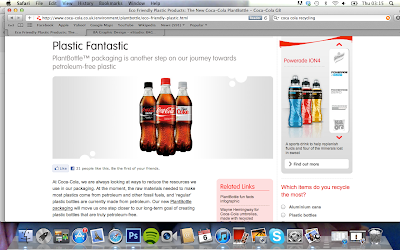- Understand the term 'avant-garde'
-Question the way art/design education relies on the concept of the avant-garde
-Understand the related concept of 'art' for art's sake'
-Question the notion of 'genius'
-Consider the political perspectives relating to avant-gardism
-Question the validity of the concept 'avant-garde' today
Avant Garde Goth Bold
Marcel Duchamp
'Fauves' Wild Beasts
LCAD quotes priorise certain concepts:- (feel free to question these)
1. innovation (Creating new stuff)
2. Experimentation (process involved in order to achieve new stuff)
3. Originality (to copy is bad, to be original is good)
4. Creative genius (to bring out a hidden creative depth held deep within the student)
Art for Art's Sake
Whistler Nocturne in Black and Gold: The Falling Rocket, 1875
End of the 19th Contury/ Early 20th C
-two approaches to avant-garde art
1. Art that is socially committed (artists being the avant-garde' of society, pushing forward political objectives)
2. Art that seeks only to expand/ progress what art is (in itself and for itself)/ ar for art's sake.
Clive Bell
Significant form
The relations and combinations of lines and colours, which when generated give the power to move someone aesthetically.
The 'Art for Art's Sake' approach dominated much thinking and practice in 20thC art.
Pollock Lavender Mist, 1950
Another major problem for the avant-garde is that it seems to necessitate 'Elitism'.
So for those members of the 'left wing' (interested in social change) there was a tendency to have to rely on academic techniques in order to appeal to the 'public'.
What is Kitsch?
-Simplification of style - reprinted masterpieces for the modern eye
-Commemoration
-Jumping across media
-(Animal themes) This is true kitsch as it aims to be taken seriously as fine art.
Durer Praying Hands, 1508
Jeff Koon - Michael Jackson & Bubbles the Monkey, 1988
Talous Lautree
Warhol
Thomas Kinkade
Carl Andre 'Equivalent VIII'
Damien Hirst, 2007 - For the Love of God
Adbusters
Awkward questions to ask your tutors:
1. Why does your work have to be 'original'?
2. Is it possible to be avant-garde and/or 'original'
3. If I make my work socially committed so that people can understand it can it still be avant-garde/innovative?







































































